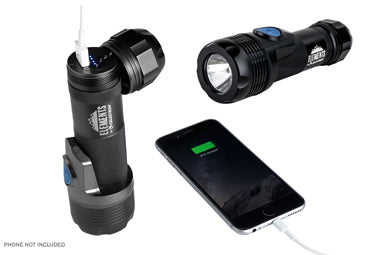John Davis: From Filmmaker to Astroimager
April 17, 2013
John Davis’s first telescope was a Celestron CPC 800. Though he’s had a lifelong love of stargazing, he only bought a telescope in 2007.
“I bought it just to be a visual observer and I didn’t realize that people were attaching cameras to telescopes and taking pictures. It just never dawned on me,” John said from his home outside Dallas, Texas. “But once I bought my telescope and started reading Sky & Telescope and Astronomy magazine, I started noticing these photos that amateurs had taken. I had a Nikon D80 at the time, and I attached it to my Celestron and took a picture of M42, which is probably how most people get started. It blew me away that an amateur, an average guy, could take a camera he bought down the street, put it on a telescope that he bought down the street and take pictures of objects in space. And that was it—I’ve been horribly addicted ever since. “
John’s addiction has paid off. Within 5 years of capturing his first astroimage, he’s reached impressive heights in the field of imaging. His work has been featured on the pages of Sky & Telescope, and Astronomy, the very publications that first inspired him to get into the hobby. He’s also been featured on NASA’s Astronomy Picture of the Day.
John is no stranger to big success. His 2001 animated film Jimmy Neutron: Boy Genius, the product of his childhood love for science fiction, landed him an Oscar nomination. But the Hollywood workload, not to mention the light pollution, kept him away from stargazing.
Once John wrapped production on other hit movies like Ant Bully, he moved back to Texas and slowed the breakneck pace of his career. There, under darker skies, John dove headfirst into his newfound passion. “It’s an extension of a lot of interests of mine: photography, computers, and the outdoors. It’s blending science and art, my two loves my whole life.”
A film school graduate and a trained artist, John has a significant leg up on other astroimagers.
“I’ve been using Photoshop since version 1.0,” he admitted.
His technical background meant that processing images—the biggest challenge for most new imagers—was the easy part.
“But I didn’t know astronomy, how to set up a telescope and polar align it, and how the sky worked really. So my education was learning the astronomy part of it,” he said.
After his first image of the Orion Nebula, John started to cast his net wider. Using a Celestron telescope with Starizona’s Hyperstar accessory, John now creates beautiful, wide-field mosaics full of many different celestial objects.
“I really like doing large wide fields of the sky for a couple of reasons,” John explained. “For one, you can group several interesting objects into the same frame, so you have a lot more places you can go with composition. It’s also more interesting because you can see how these objects relate to each other.”
John cites kingpins of the astroimaging world as his inspiration, including Robert Gendler, Jay Ballauer, and Rogelio Bernal Andreo, who are frequently featured on the pages of astronomy magazines. But he also draws his inspiration from more artistic sources.
“It’s like landscape photography,” John explained. “Like Ansel Adams taking these large structures and using tone and contrast to force the viewer’s eye into places he wanted it to go.”
Perhaps that’s what makes John’s images so compelling. He brings a level of artistry that is hard to match in this highly technical field. He’s constantly pushing the boundaries of the data he’s captured on a cold night at his Bucksnort Observatory. He’s quick to remind us that, at its core, astroimaging is art.
“What we [astroimagers] do is considered ‘pretty pictures’; it’s not scientific data. So we have the creative freedom to emphasize or deemphasize. Two people can image the same target and their images will be very different, stressing different components,” John said. “If everyone’s picture turned out exactly the same, it would be boring.”
-Andrea Tabor
Online Marketing Coordinator


























